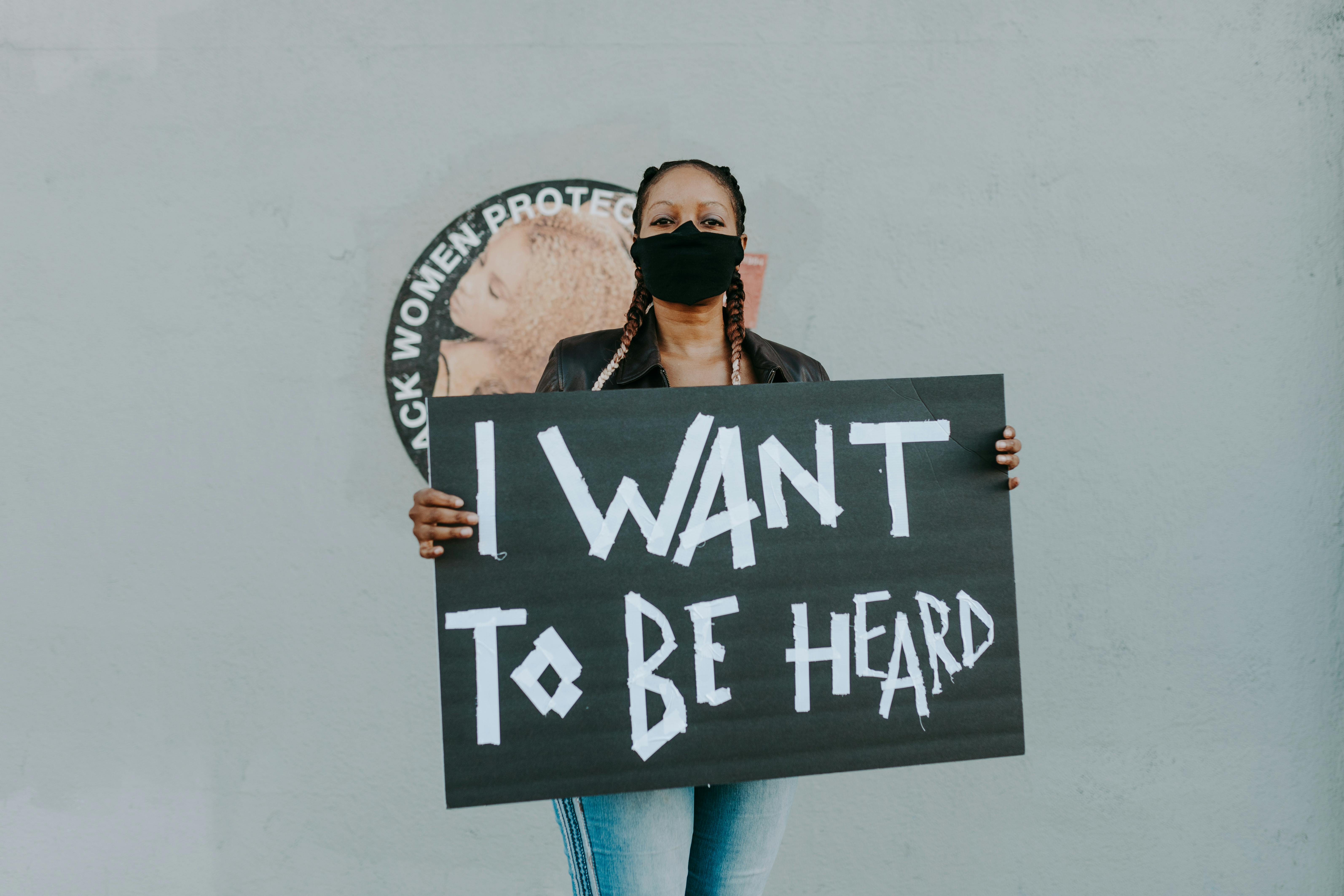Art Enrollment in Nigerian Tertiary Schools
The history of modern art in Nigeria began around 1920. During this period, most of the parents loathe their children to study art courses in the higher institutions. Those who dare to do otherwise at the insistence of their parents may face certain sanctions that are also not conducive to their age and future. This means that no matter how much a child loves art, he was forced to venture into disciplines such as Law, Chemical Engineering, Banking and Finance, and other related fields that they (the parents) believe are more profitable and useful for the future. . from their children and sometimes from people in their community. This was for obvious reasons, and part of it was his conviction in the practice of such professions. For example, a lawyer would be helpful if the family has a land dispute case with someone else in town. A chemical engineer will find himself working in the oil industry and will be able to share in the nation’s oil wealth. Therefore, NNPC, AGIP, TEXACO, CHEVRON SHELL, etc. they are target companies/areas where the family is pushing their sons and daughters to go to work. At the bank, a typical Nigerian parent believes that there is no way a banker would be short of money as he or she manages people’s money. All this makes the study of visual arts the last option despite the fact that the child does practically poorly in other areas of knowledge but excels in the arts.
It was not until after the Independence Exhibition of the first group of indigenous Nigerian artists trained in Zaria that some people (parents) began to see good prospects in the field of art. Even so, discrimination continues until the 1980s because art (as a subject) had superficial educational endorsement by the government, as its inclusion in the educational curriculum was selectively addressed or implemented. In primary school, it was a general teaching of cultural modes including drama, crafts, and performing arts. In high school, the junior section had the opportunity while the senior section did not. In some situations, the subject (art) was often substituted for other subjects that were recognized in the education system as vital for the continuation of school. In case of not passing these subjects, it is equivalent to repeating a class or rewriting to continue advancing in the academic path. This poses an obvious threat to the student’s academic movement, making him abandon art against his will. Given this circumstance, it can be seen that art was not given such opportunities (priorities) in curricular planning.
In the 1990s, the reality of the artistic profession, as well as its lucrative opportunities, began to affect most Nigerian families. This was the period when the registration of art applicants began to increase. Today, most of the tertiary institutions in Nigeria are struggling with an overwhelming number of art applicants. At Ahmadu Bello University, Zaria, for example, the Department of Fine Arts, in recent years has not been able to absorb even half of the total number of applicants who want to study art. Sometimes, people go to Colleges of Education and Polytechnics, just to be in an advantageous position in admission to universities.
The growth of private universities in Nigeria is believed to be a relief in the demands of people (applicants) who want to study art, but the opposite is true. This is because most, if not all, private universities essentially focus on running academic programs or disciplines that the owners of the institutions consider lucrative enough, since the private education sector is more or less like a business. pure.
Until Nigeria’s education sector is completely overhauled and restructured with an increase in art learning centers and new art departments open in other universities, polytechnics and colleges of education, art applicants will continue to find it difficult to gain admissions. for study. artistic disciplines as the courses of their dreams.
